How do you grow sweet peppers? Soilless cultivation techniques of Sweet Pepper
Speaking of sweet pepper, I believe we are no stranger, as a variety of pepper, sweet pepper is favored by consumers, has better economic and social benefits. Nowadays, with the development of facility agriculture, the soilless cultivation area and yield of sweet pepper are also expanding, bringing more extensive benefits for farmers.
I. Variety selection
Select infinitely growing greenhouse special varieties, such as Dutch Malato red sweet pepper (Maratos), capino yellow sweet pepper (Capino), Lame purple sweet pepper and so on.
II. Seedling raising and seedling stage management

1. Seedling raising: (1) substrate. Prepare to use peat: vermiculite = 1:1 mixed substrate as seedling substrate. The disinfection method is the same as cucumber, put it into a plate after disinfection and set aside; (2) seed treatment. Soaking seeds in 55-60 ℃ hot water (20min) and then dropping to 30 ℃ for 6 hours could kill most of the germs. The seeds can also be pre-soaked in clean water for 4-5 h, and then soaked with 10% trisodium phosphate 20-30min or 1% copper sulfate 5min, which can passivate the virus. Soaking seeds with 1000mg/L mercury 5min or 1000mg/L agricultural streptomycin 30min is better for the control of bacterial wilt and scab.
The method of accelerating germination is the same as cucumber, most seeds can germinate in 4-7 days, and some can last as long as 10 days. (3) sowing. Seeds can be sown in all four seasons in the greenhouse. If the temperature is low in winter, it can be used as a small arch shed, which is beneficial to the emergence and neatness of seeds as soon as possible, and can keep the substrate temperature at about 22 ℃. Before sowing, the substrate was watered with 0.6 doses of nutrient solution of Japanese Yamazaki sweet pepper formula, and 0.5-1cm thick substrate was covered after sowing.

two。 Seedling management: (1) temperature and humidity management. In order to promote seedling emergence, high temperature and humidity should be maintained before emergence. After emergence, it can be reduced to 20-25 ℃ in daytime and 10-15 ℃ at night, and the humidity of seedling bed can be reduced appropriately. (2) nutrient solution management. According to the seedling condition, substrate water content and weather conditions, a dose of nutrient solution of Japanese Yamazaki sweet pepper formula can be used to spray through the substrate each time. (3) pest control. Spraying 800 times of chlorothalonil or 800 times of thiophanate methyl once every 7-10 days for prevention, the disease will not occur in general. If cataplexy occurs, use 25% metalaxyl 800 times solution, and blight disease use 50% thiram wettable powder 500 times solution, spray once every 3-5 days. The root of Fusarium wilt can be irrigated with 350-fold solution of ethyl phosphorus and aluminum.
III. Planting and post-planting management
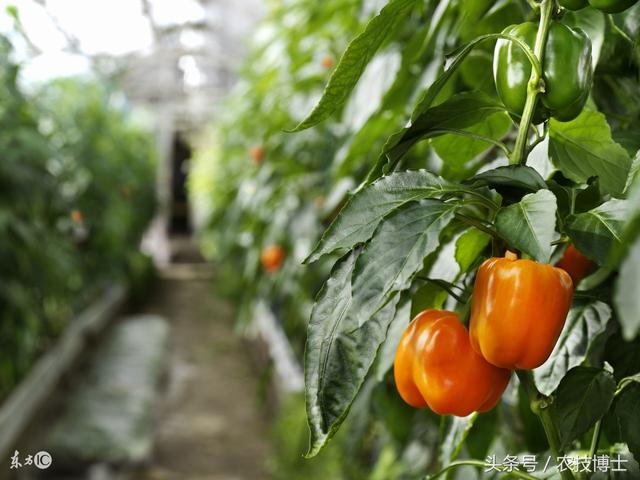
1. Colonization: (1) matrix preparation. The matrix can be mixed with sawdust, rock wool, slag, peat, vermiculite, river sand and perlite according to a certain proportion. Before use, the matrix was sprayed evenly with 50 times formalin solution and sealed with plastic film for 3-4 days. Then open the film to volatilize the formaldehyde gas, and then bag it; (2) colonization. The matrix bags are arranged according to the row spacing of 1.3m, and the substrate can be planted by dripping the substrate with a dose of Japanese Yamazaki sweet pepper formula. In order to slow down the seedlings, it is generally planted after the high temperature period in the afternoon, and the plant distance is 35cm, that is, 3 plants / m2. When planting, the soil lump is lower than the 1cm on the surface of the substrate. The nutrient solution was poured in time after planting to promote the development of root system.
two。 Post-planting management
(1) temperature management: generally, there is no ventilation before slowing down the seedlings, in order to slow down the seedlings, the temperature is generally kept at about 30 ℃, not higher than 35 ℃. The temperature of day and night after slow seedling was 2-3 ℃ lower than that before slow seedling, in order to promote root expansion, generally maintained at 25-30 ℃. Results during the period of 23-28 ℃ during the day and 18-23 ℃ at night, the abnormal fruit will be produced if the temperature is too high or too low.
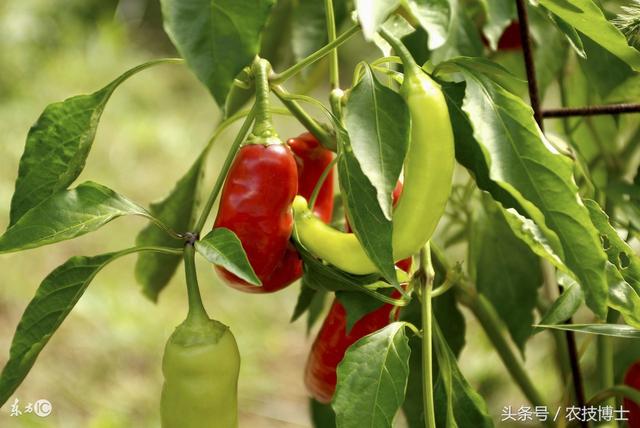
(2) humidity management: the suitable substrate humidity is 70-80%. The air relative humidity should be kept at 50-60%, and the air humidity should not be too high, otherwise it is disadvantageous to growth and susceptible to disease.
(3) Light management: the light saturation point of sweet pepper is 30000lx, and the light compensation point is 1500lx. Sweet pepper is afraid of strong light and likes scattered light, and the requirement of sunshine length is not strict. In the weather with sufficient sunshine and high temperature at noon, shading net can be used to shade and cool down.
(4) nutrient solution management: the nutrient solution is based on the formula of Japanese Yamazaki sweet pepper and adjusted according to the characteristics of local water quality. The value of pH is between 6.0and 6.3. After the door pepper blossoms, the nutrient solution should be added to 1.2-1.5 doses. After sitting for pepper, the amount of nutrient solution could be increased to 2.0, and 30mg/L potassium dihydrogen phosphate was added to regulate the balance between vegetative growth and reproductive growth. If the vegetative growth is too strong, the amount of potassium nitrate can be reduced, potassium sulfate is added to supplement the reduced amount of potassium, and the amount of adjustment does not exceed 100mg/L. In the middle and later period of harvest, foliar spraying of normal concentration of iron and trace elements in nutrient solution was used to supplement the amount of iron and other trace elements, once every 15 days.
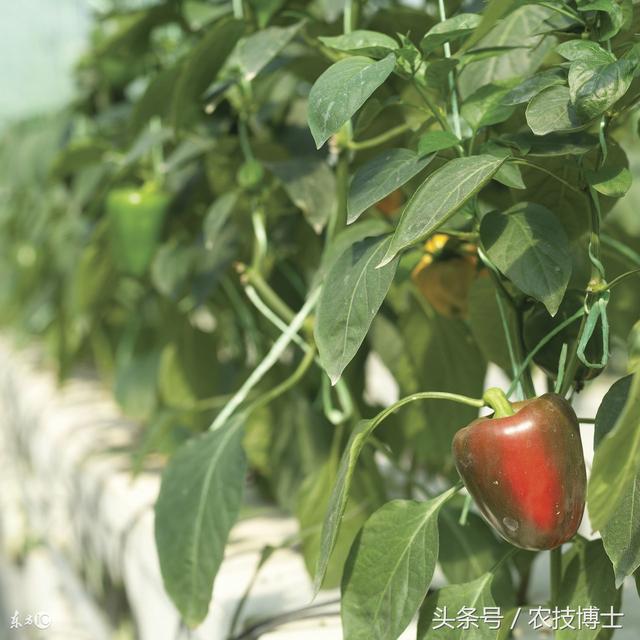
(5) Plant adjustment: the method of hanging vines by rope was adopted. Sweet pepper has strong branching ability, pruning should be carried out before flowering, that is, two strong branches should be left, and the other side branches should be erased in time to avoid wasting nutrition. with the growth of the plant, the plant should be wound on the rope in time, usually once a week. The first flower on the main stem must be removed to promote vegetative growth, thinning flowers and fruits should be carried out in the growth process, leaving 4-6 fruits for the first time, and excess and abnormal flowers and fruits should be thinned in time, so as to concentrate nutrition supply and ensure the rate of authentic products.
If the main branch sets too little fruit, you can leave another fruit and 3-4 leaves on the lateral branch. Individual main branches become weak and lose their fruiting ability after fruiting, so the branch should be removed while the fruit is removed. The weak sterile branches of the main branches and the branchlets and weak branches between the main branches were removed. If the leaves in the lower part of the first branch turn yellow and lose their function, they should be removed in time, and the diseased leaves of the old leaves should also be removed in time. When the fruit reaches commercial maturity, it must be removed in time to avoid unnecessary consumption of nutrients.
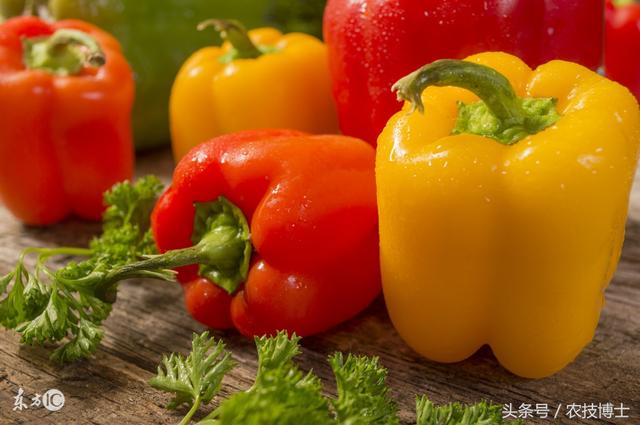
[conclusion] planting sweet pepper with soilless cultivation technique is an effective measure to realize high quality and high yield.
- Prev
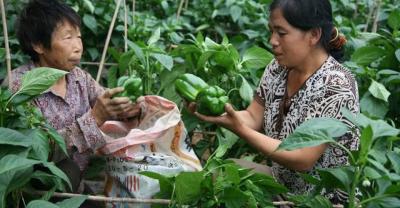
Flowering plants suitable for balcony and windowsill planting
If you want to plant some beautiful and easy-to-raise flowers that bloom very well, you must not miss the following, they have charming plants and brilliant flowers.
- Next
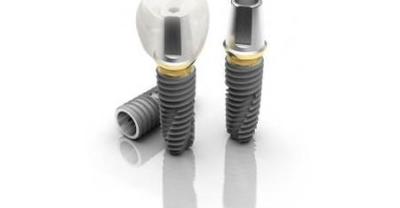
How to raise seedlings of Pueraria lobata? How to grow kudzu root?
Kudzu root is covered with treasures, stem bark fiber can twist rope, weave kudzu cloth, can also be used as raw materials for papermaking. At the same time, the leaves of Pueraria lobata are excellent green fodder and can be fed to pigs.
Related
- Fuxing push coffee new agricultural production and marketing class: lack of small-scale processing plants
- Jujube rice field leisure farm deep ploughing Yilan for five years to create a space for organic food and play
- Nongyu Farm-A trial of organic papaya for brave women with advanced technology
- Four points for attention in the prevention and control of diseases and insect pests of edible fungi
- How to add nutrient solution to Edible Fungi
- Is there any good way to control edible fungus mites?
- Open Inoculation Technology of Edible Fungi
- Is there any clever way to use fertilizer for edible fungus in winter?
- What agents are used to kill the pathogens of edible fungi in the mushroom shed?
- Rapid drying of Edible Fungi

